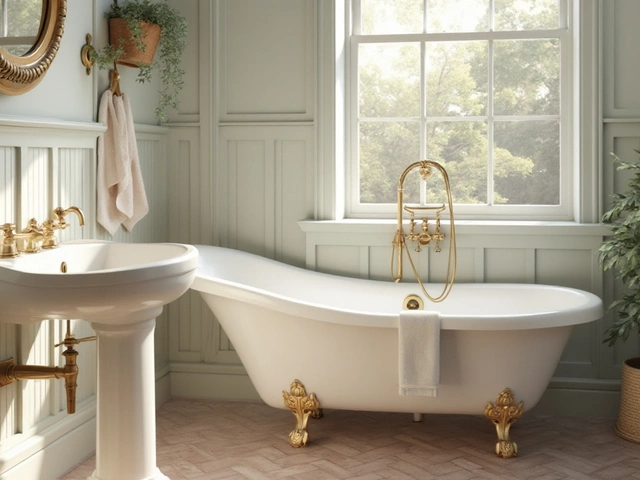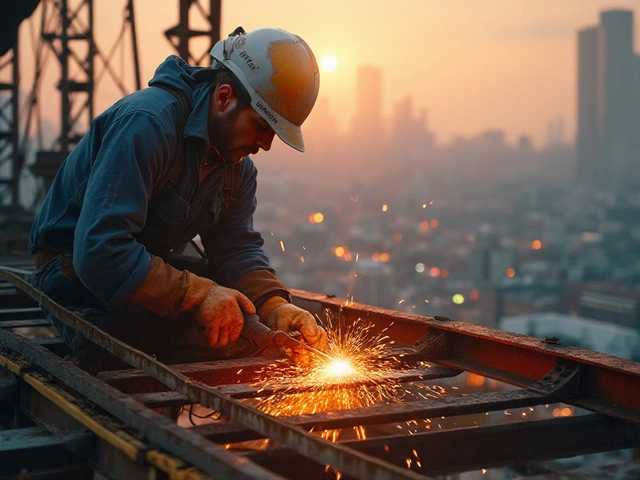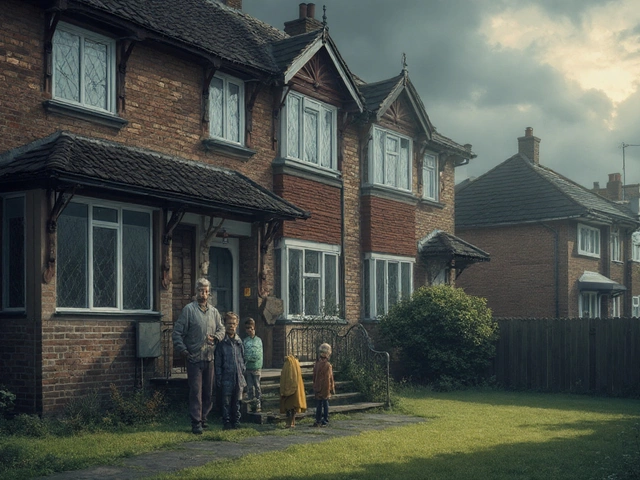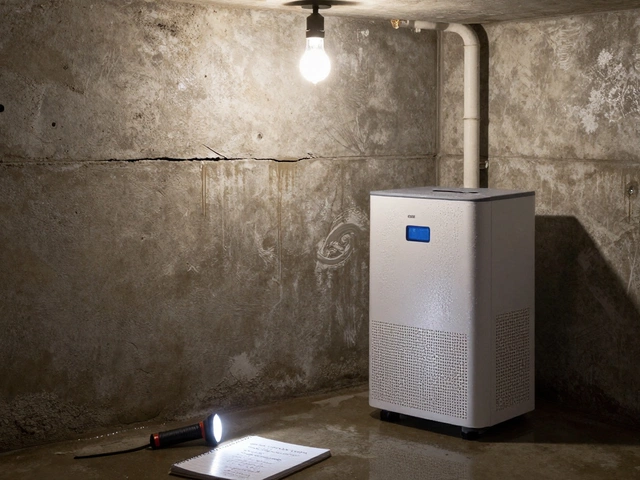Construction Lifespan: Understanding What Keeps Buildings Strong
When planning any project, construction lifespan, the period a building stays functional, safe, and economically viable. Also known as building longevity, it reflects how long structures endure without major repair. In plain terms, it's the time from the first brick to the point where owners start asking, "Do I need a new roof, or can I just fix this?" Your answer depends on three big players: the building materials, stone, concrete, steel, engineered wood, and other components that give a structure its strength, the quality of the foundation, the sub‑structure that transfers loads to the ground and keeps the building level, and how well moisture is managed throughout the building envelope.
First, let’s talk durability. The longest‑lasting building materials—think limestone from local quarries, reinforced concrete, and properly sealed steel—can outlive generations if they’re installed right. A stone wall that’s been standing for 150 years still looks solid when the mortar is refreshed every few decades. The same principle applies to newer engineered products; their lifespan hinges on the quality of the mix, the climate they face, and regular maintenance. In other words, material choice directly influences construction lifespan. If you pick a material that resists wear, you cut down future repair costs and extend the building’s useful life.
How Foundations and Settlement Shape Longevity
Even the toughest material can’t save a building with a weak foundation. Settlement after 20 years, for example, is a common surprise for owners of older homes. When soil shifts, walls crack, and floors become uneven. This is why foundation repair, methods like underpinning, helical piers, and slab jacking that stabilize and level structures is a critical part of the lifespan equation. A solid foundation reduces the need for costly structural fixes later, keeping the building safe and serviceable longer.
Moisture plays a sneaky role, too. New builds often develop mold when water gets trapped behind walls or under slabs. That hidden dampness doesn’t just create health hazards; it attacks the very materials you chose for durability. A concrete wall that’s perpetually wet can spall, steel can rust, and wood can rot. Managing moisture—through proper vapor barriers, drainage planning, and ventilation—acts like a protective shield for the whole structure. In short, moisture control influences both material health and foundation stability, thereby extending construction lifespan.
Putting these pieces together, you can see three clear semantic connections: construction lifespan encompasses material durability; construction lifespan requires a stable foundation; and moisture influences construction lifespan. When you look at a project from this triple‑lens, you’ll spot the right upgrades before they become emergencies. For instance, if you’re buying a 30‑year‑old house, ask for a material audit, a foundation inspection, and a moisture test. Those three steps will tell you how many more decades the building can comfortably deliver.
Below you’ll find a curated set of articles that dive deeper into each of these topics. Whether you’re a homeowner checking if your new build might develop mold, a contractor sizing up the cost of the most expensive foundation repair, or a builder choosing the longest‑lasting building material, the posts in this collection give practical tips, real‑world examples, and the numbers you need to make informed decisions. Explore the range of insights and start planning for a construction lifespan that truly lasts.
What’s the Expected Lifespan of a New Building?
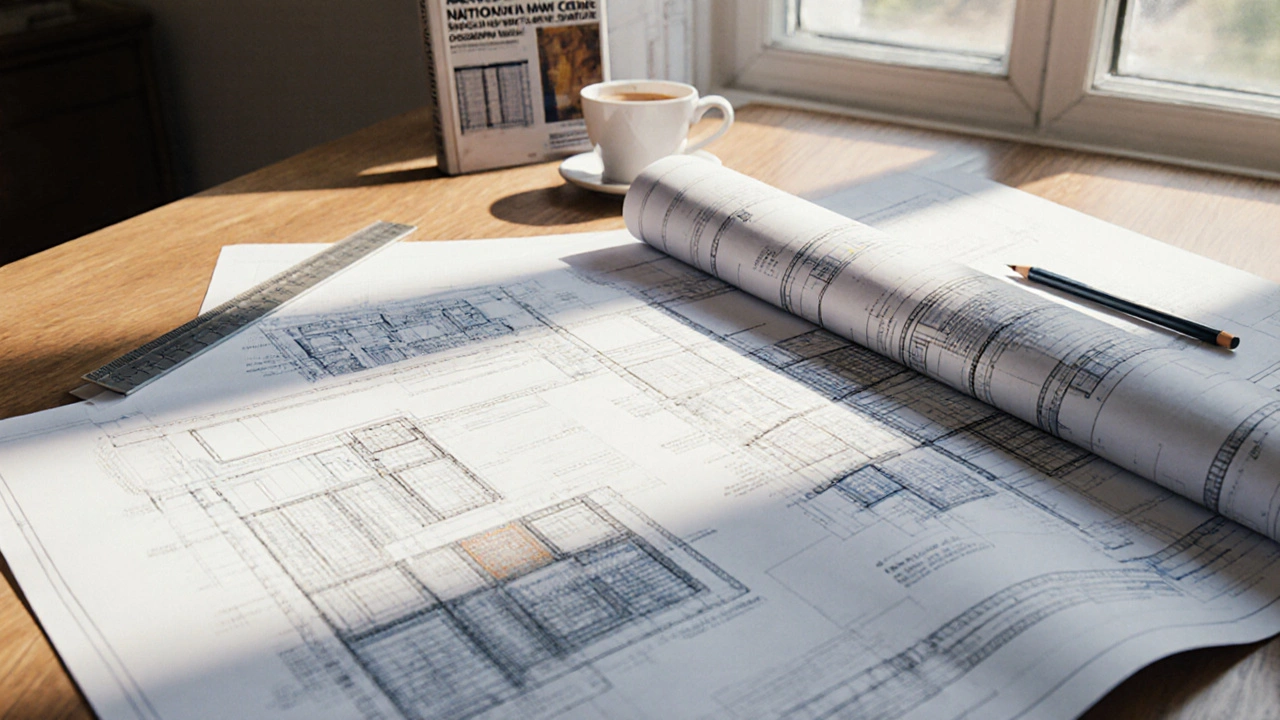
Discover how long a new building should last, the factors that influence its lifespan, and practical maintenance tips to extend its service life.
read more